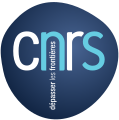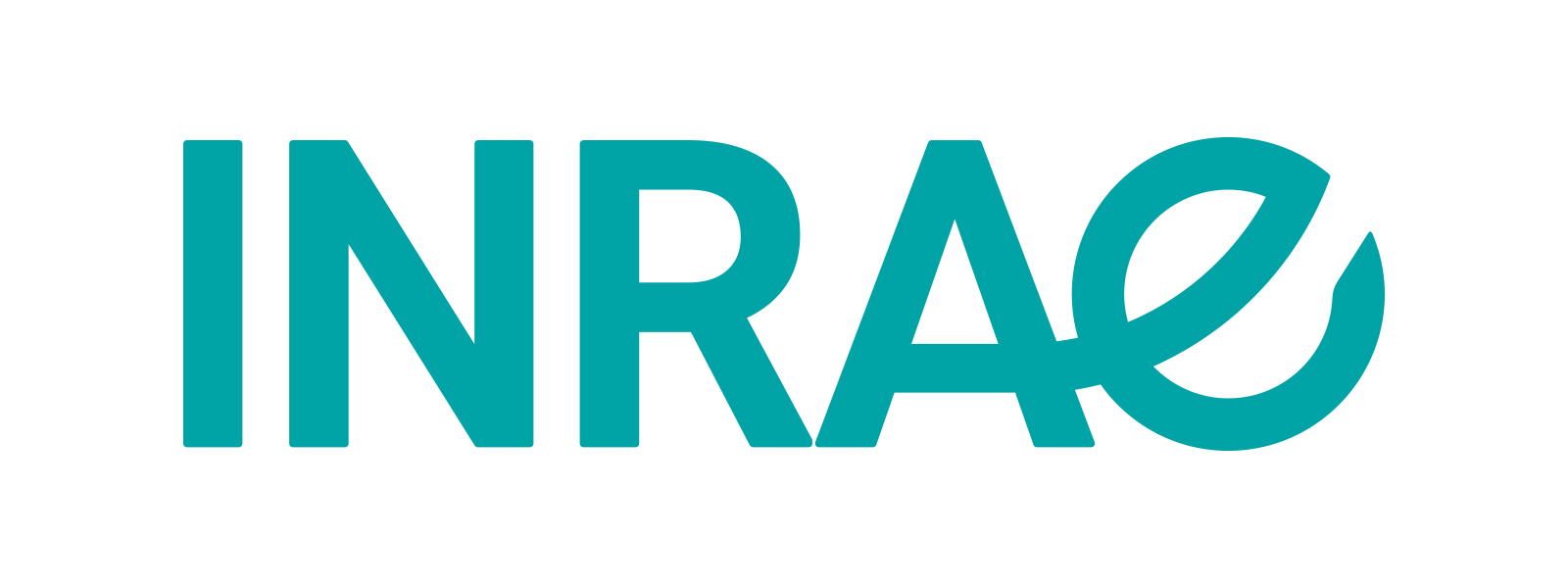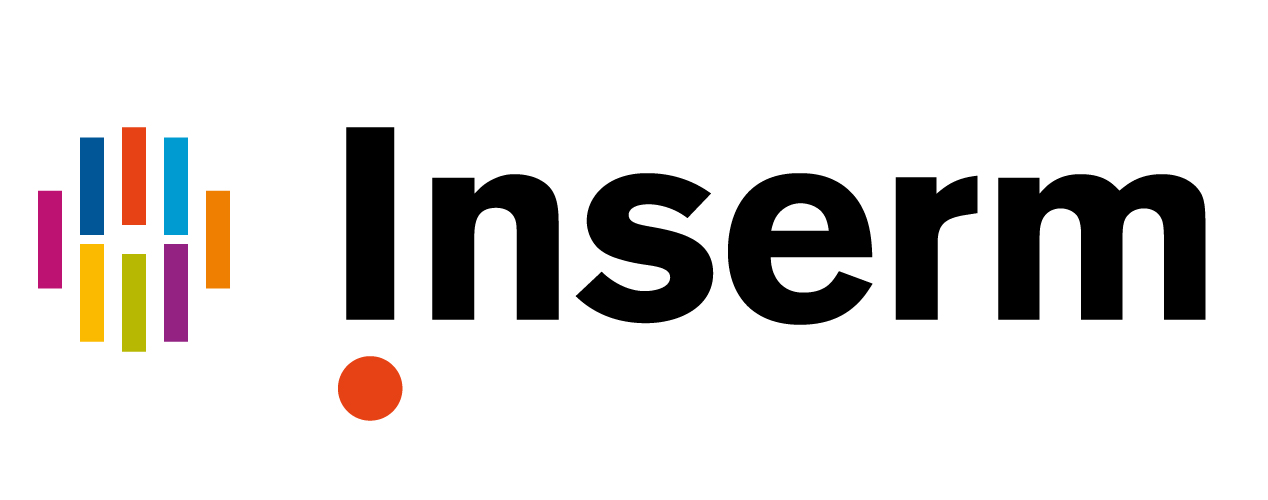Cost-effectiveness analysis of simulation-based training in transesophageal echocardiography: Insights from the SIMULATOR trial
Résumé
Introduction
Recently our working group has shown that simulation-based training provides a significant improvement in TEE theoretical knowledge and practical skills, and with a statistically significant 1.1-minute reduction in TEE examination after the training compared to traditional education within the SIMULATOR trial.
Objective
This ancillary analysis of the SIMULATOR-trial was designed to perform a cost analysis of simulation-based training on TEE learning using incremental cost-effectiveness ratio compared to traditional teaching to enlighten the decision-making process of financing this type of program.
Method
Between November 2020 and November 2021, 342 consecutive cardiology fellows inexperienced from TEE were randomized (1:1, n = 324) through 42 French university centers into two groups with or without simulation support. Regarding the economic analysis, costs associated with simulation-based training were measured based on data collected by representatives in each hospital center (simulator cost, maintenance cost, simulator duration of use, hourly trainer income, number of training hours). Three scenarios were considered depending on the number of fellows recruited in each University Hospital Center (n = 20, 40 or 60). An average training cost per fellow has been estimated for each scenario. Given the primary outcome and the cost analysis result, an incremental cost-effectiveness ratio (ICER, cost per point gained to the global score) has been assessed.
Results
Compared to the traditional group, the cost to gain two points in the global score (i.e. 1% of both theoretical knowledge and practical skills) in the simulation group was respectively €140.4, €74.6, and €52.4 per fellows for 20, 40 and 60 fellows. Therefore, the average additional cost per fellow of the simulation program was respectively €1,785, €942 or €662 for 20, 40 and 60 fellows. Using the incremental cost-effectiveness ratio (ICER), the ICER, cost per point gained to the global score of the simulation program (including simulator) was respectively €70.6, €37.5 or €26.2 depending on the number of fellows to be trained on 10 years per center (20, 40 and 60) compared with the traditional group (Table 1).
Conclusion
The favorable cost-effectiveness ratio underlined by this economic analysis adds to the convincing results of the interest of TEE simulation-based program highlighted by the SIMULATOR-trial.









